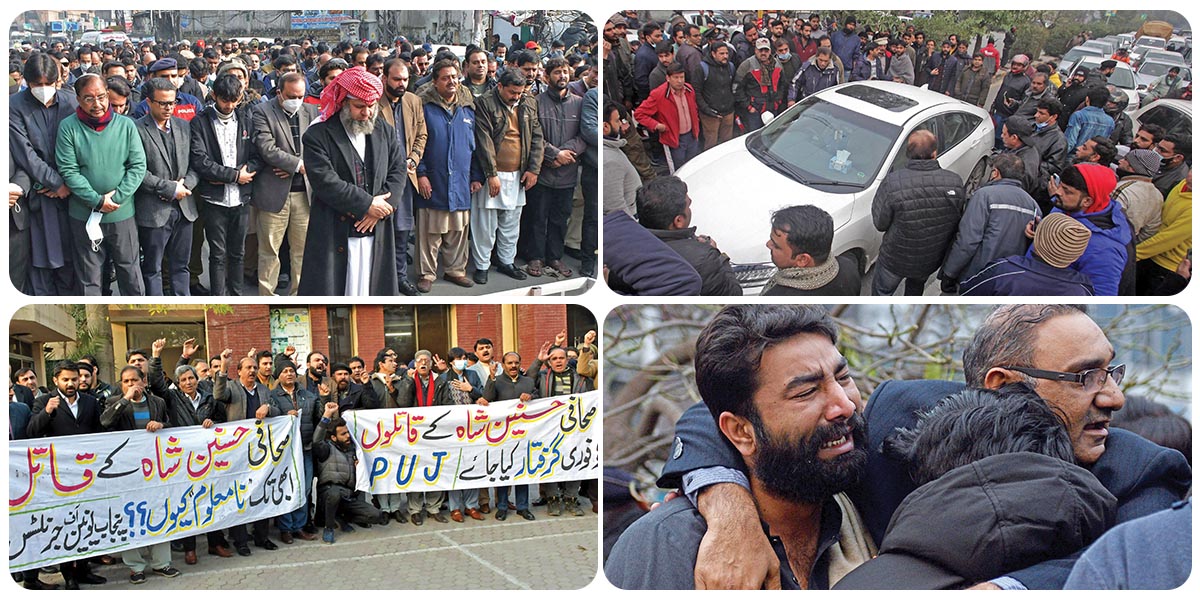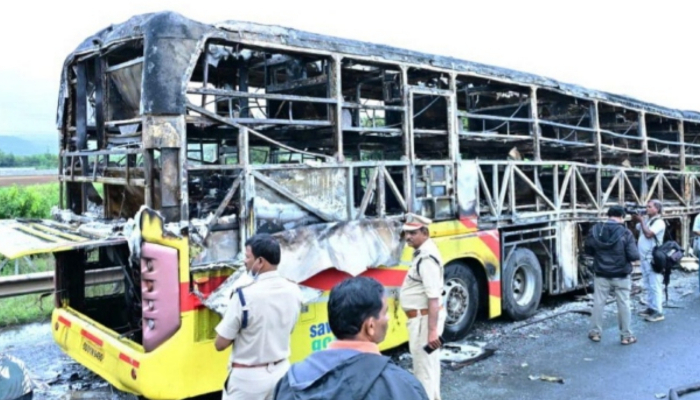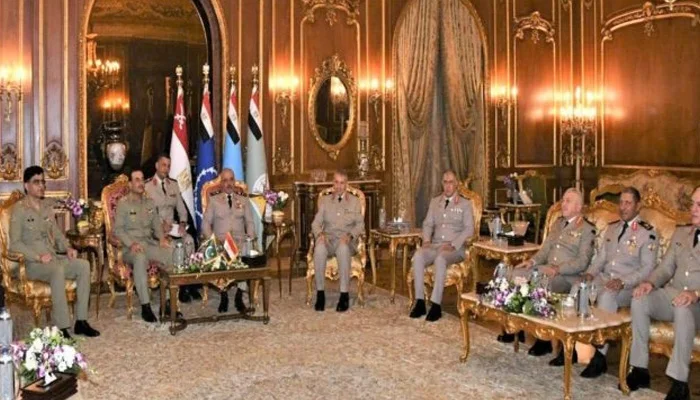LAHORE: The killing of a senior crime reporter in broad daylight in the second largest city of the country, Lahore, has left everybody in a state of shock.
The latest targeted killing of journalist Husnain Shah near the Lahore Press Club, one of the busiest places in the city, has not just rung alarm bells among the journalists’ fraternity, but also among the 12 million citizens of the city. The incident has pushed them to think that whether they are being guarded well by the law enforcement agencies or have they been left at the mercy of the mercenaries.
Just a few weeks back, a sitting MPA of the PML-N Bilal Yasin was shot at and injured with bullets fired near his house at Mohni Road when he was on his way back home after meeting a party worker. He miraculously survived three bullet wounds.
When police managed to arrest both the shooters, they revealed that the mastermind behind the plot resides in a Gulf country.
A senior police official, requesting anonymity, has informed Bol News that there are around 200 assassins in Lahore city who, for meagre amounts, kill innocent people. Some of their ‘masters’ are operating the killers from within the country while some operate from outside of Pakistan.
The senior police official said a careful study has revealed that over 90 per cent of the murders in Lahore are committed by the contract killers.
“There are over a dozen criminal groups actively operating in Lahore who protect and shelter these criminals”, apprised the police official.
Not enough police officers
According to statistics, in 2021 more than 120,000 cases of crimes were reported in Lahore, and the number of investigation officers to tackle the volume of work is minimal. According to official statistics, the Investigation Wing of the Lahore police has a total number of 4,656 police personnel including one DIG, one SSP, 8 SPs, 11 DSPs, 2 DSPs Legal, 70 inspectors, 413 sub-inspectors (SIs), 673 assistant sub-inspector (ASIs), 765 head constables and 2,700 constables.
In the police service, the inspectors, SIs and ASIs receive the major burden of investigation due to their essential role of investigation officers (IOs) as well. Besides investigating the cases, the IOs have to attend various courts, offices of senior police officials, etc which becomes tougher for them to complete the probes within the stipulated time. In contrast, the Operations Wing of the Lahore police has over 23,500 personnel to deal with the criminals. It is also notable that not only is shortage of staff one of the key issues in controlling crimes in the provincial metropolis, but frequent change in command of Lahore police has multiplied the problems. The current government has changed the entire command of the Lahore police including the Capital City Police Officer (CCPO), DIG Operations, DIG Investigations, SSP Operations and SSP Investigations, which has had an impact on the performance of the police personnel.
In the previous year, over 400 persons were killed and the majority of the criminal activity was conducted by contract killers.
The police are struggling to cope with the new trend in the provincial metropolis as the law also apparently creates hindrances for them to prosecute such cases.
“Whenever the target killers are arrested, we don’t find any direct evidence against their bosses so they get away easily”, said a source. According to the official, the police can only book masterminds of the assassins under Section 109 of the PPC and in the history of Pakistan there is only a single incident when the accused was handed capital punishment under the aforementioned section and that was former PM Zulfikar Ali Bhutto.
The official claimed that the menace cannot be countered with normal policing. Furthermore, he said such gangs engage top lawyers due to which their cases remain pending for years and in the meantime victim families are forced for out-of-court settlements. Masood Aziz, a retired DSP, said that in the 1990s, mainly sectarian killings were taking place. There were many gangs operating in the ’90s but we didn’t see such kinds of killings taking place in those days as it is seen nowadays, he said.
To a question, Mr Aziz said criminals were operating their gangs from abroad in the ’90s and the early 2000s, but the number of such gangs has increased considerably over the past several years.
















